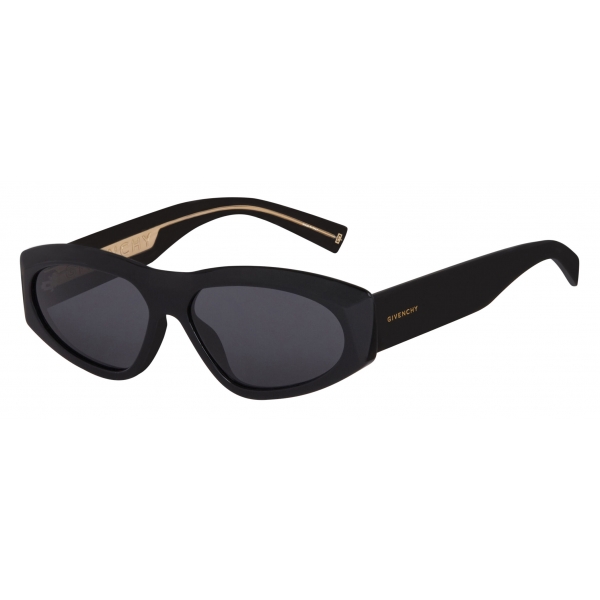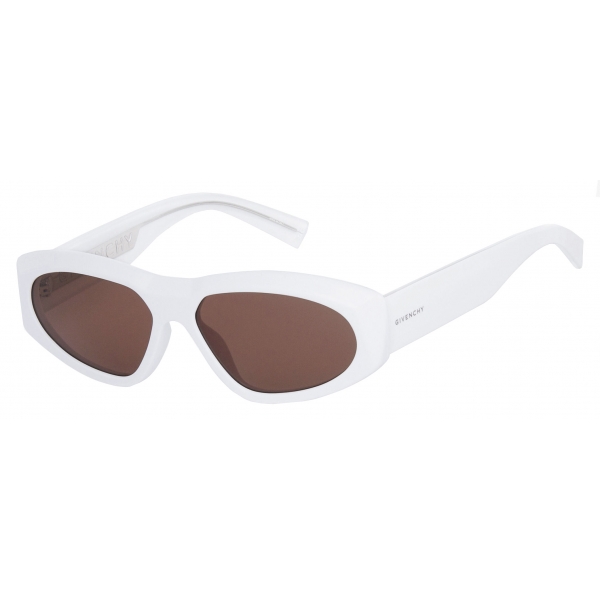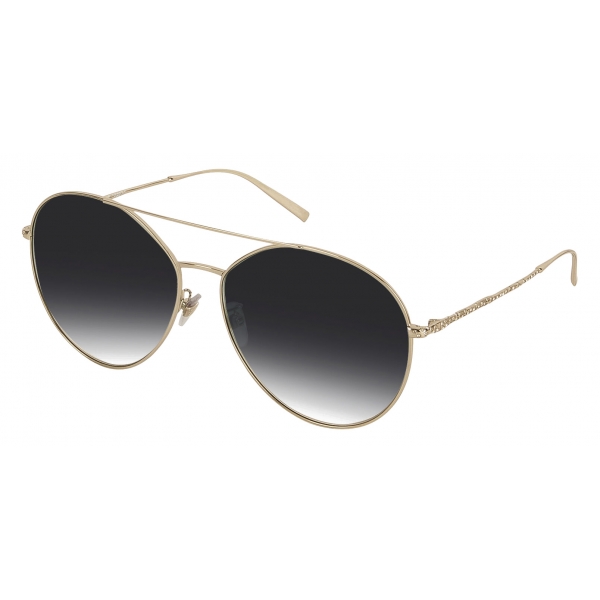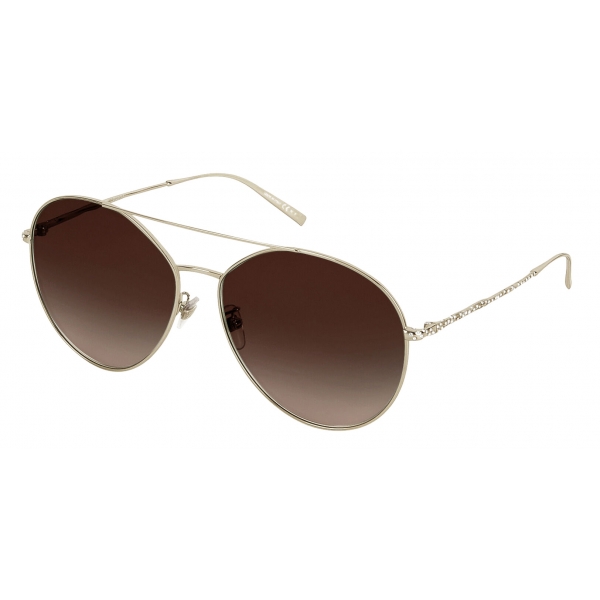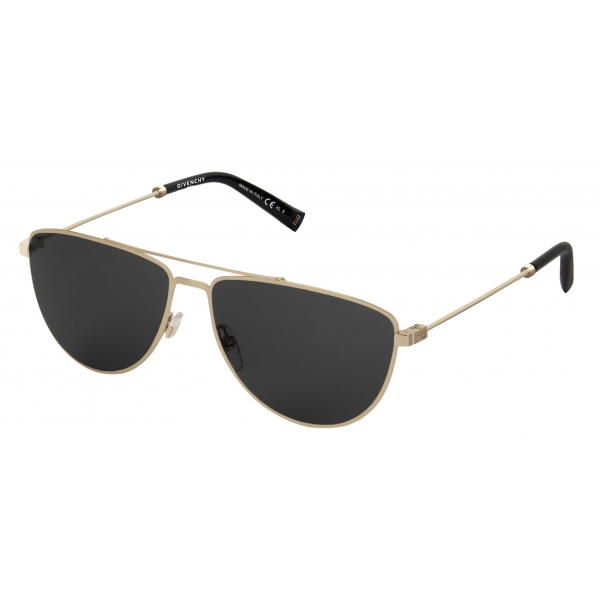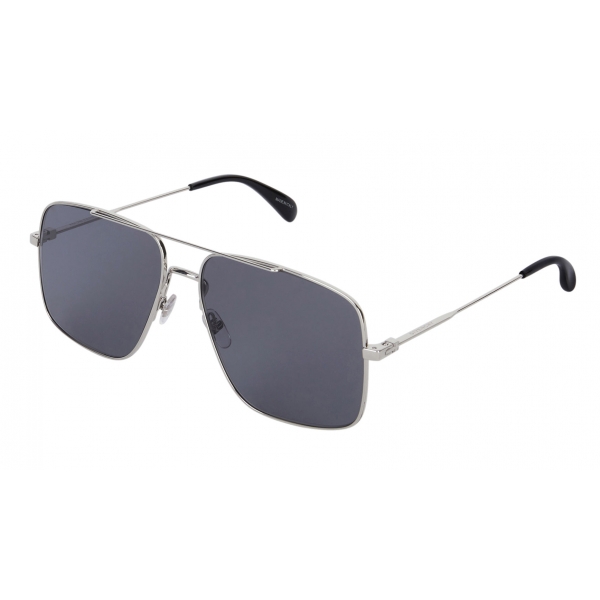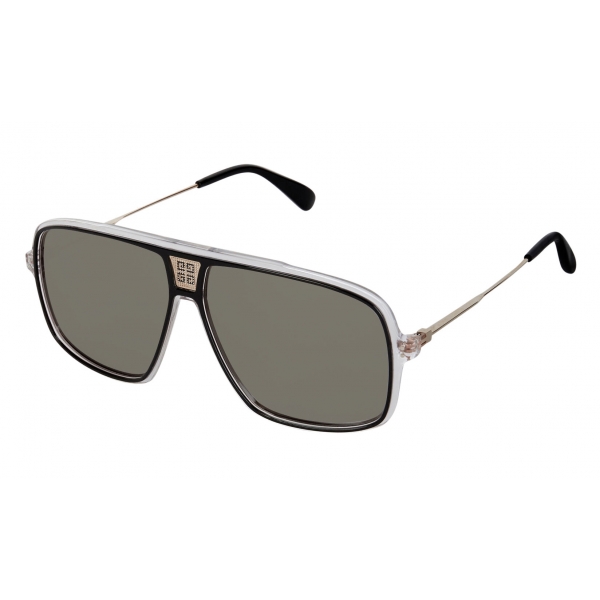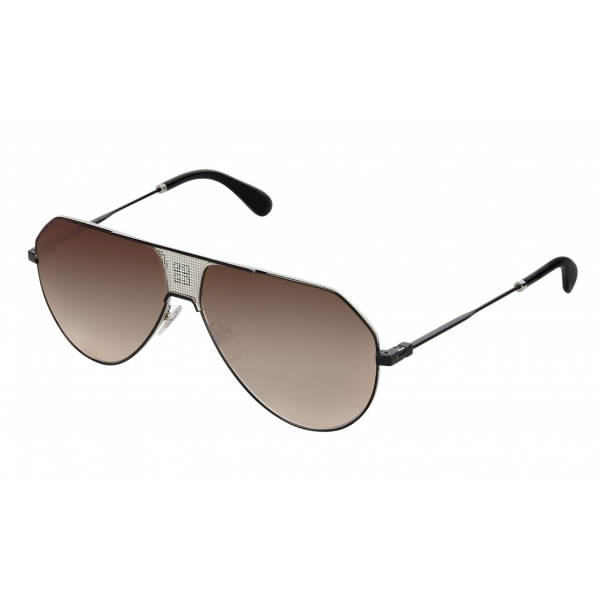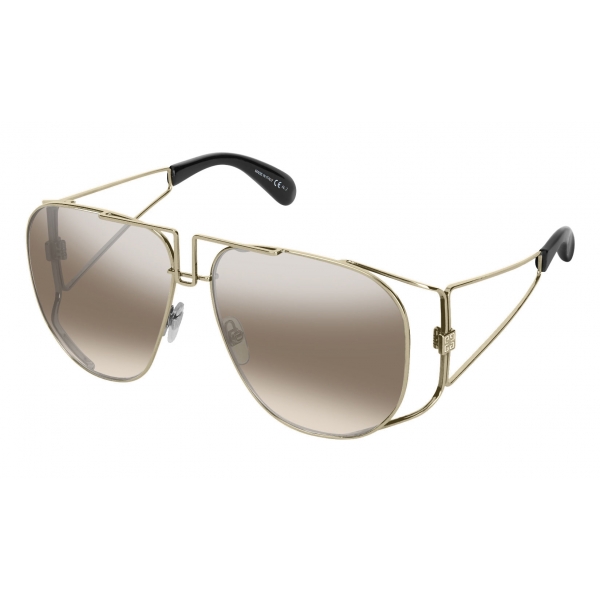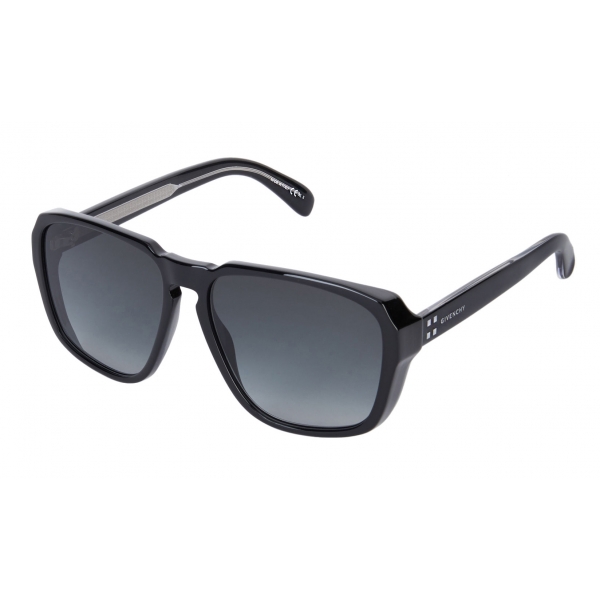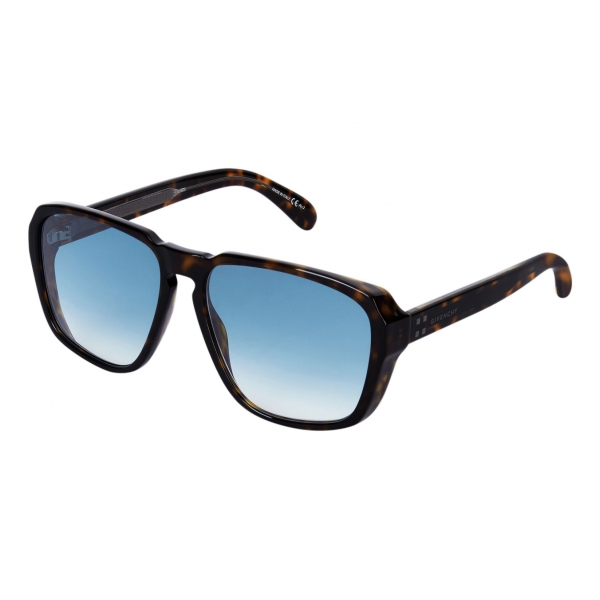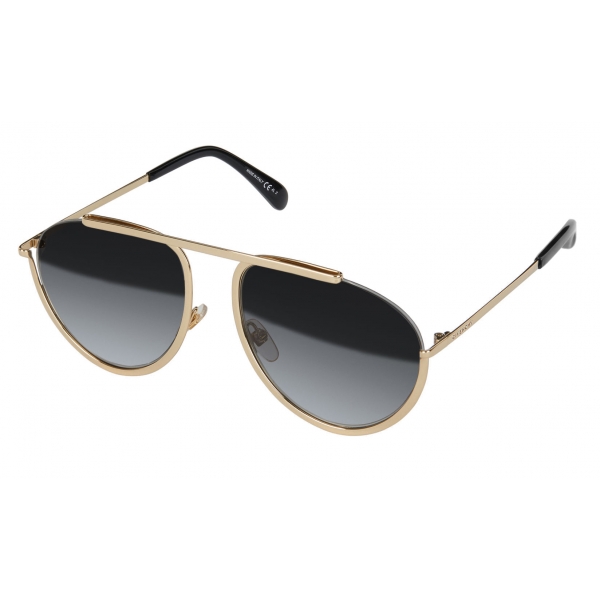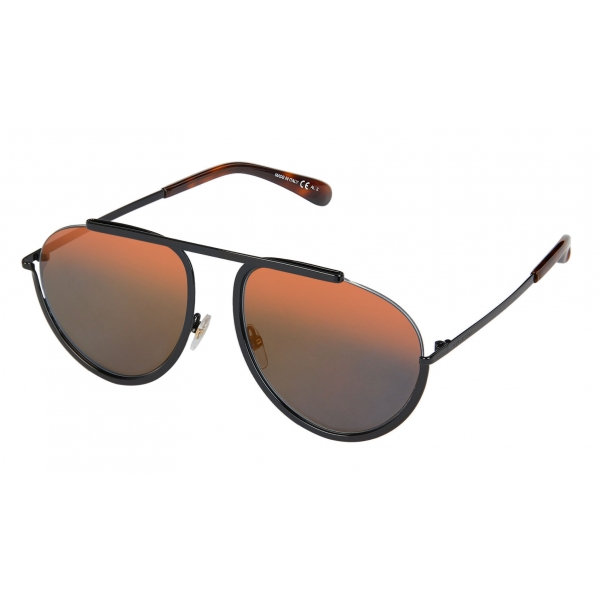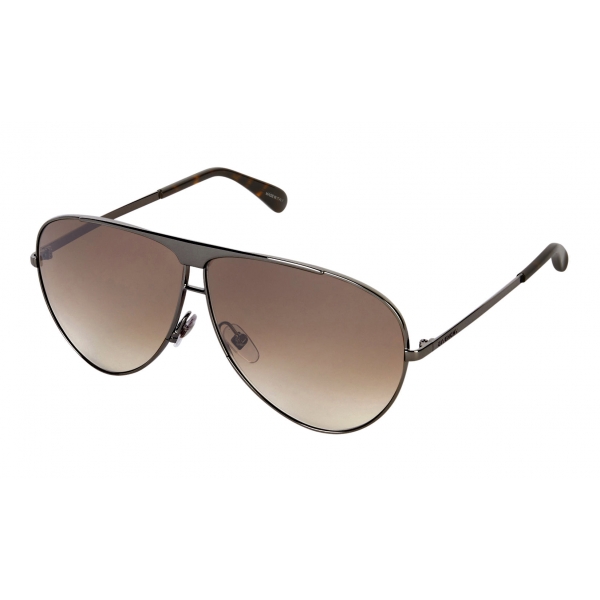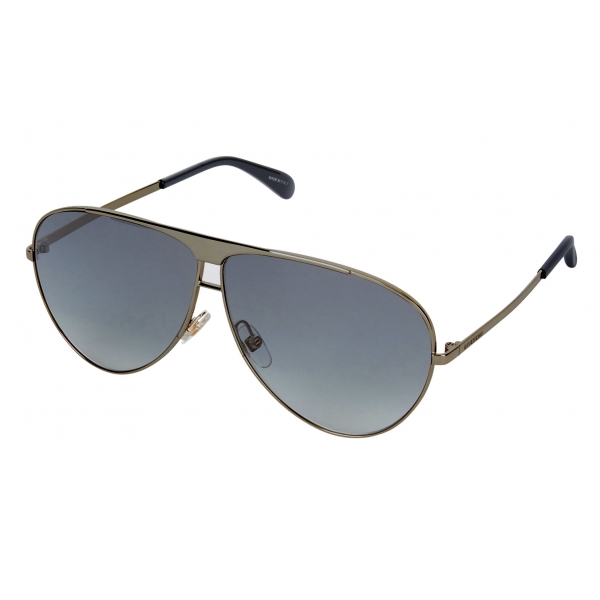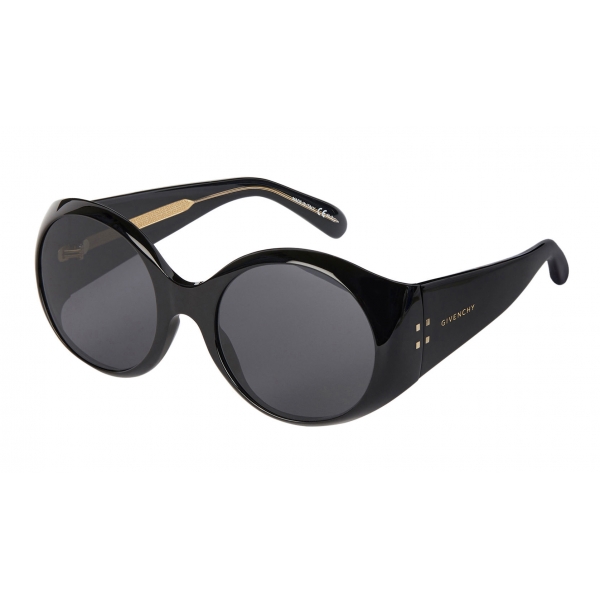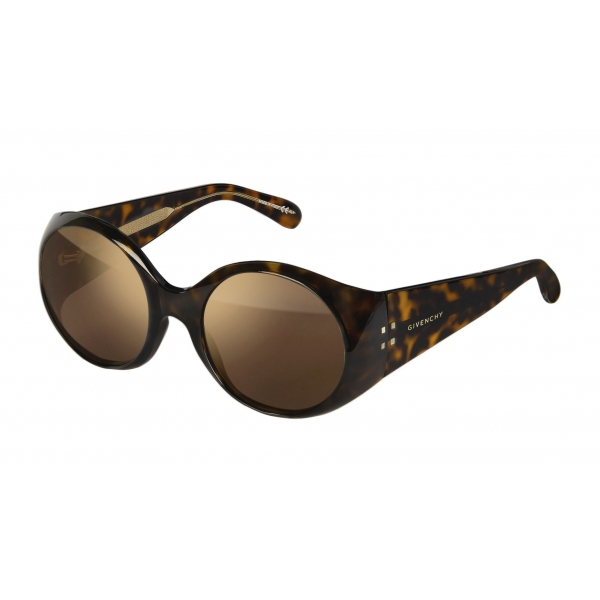No products
Categories
- Fashion Accessories
- Clothing
- Beauty & Lifestyle
-
Hi-Tech & Lifestyle
- Gaming
-
Case
- iPhone 11 Pro
- iPhone 11 Pro Max
- iPhone 11
- iPhone X / XS
- iPhone XS Max
- Samsung S10 / S10+ / S10e
- Huawei P30 / P30 Pro / P30 Lite
- Huawei P20 / P20 Pro / P20 Lite
- iPhone XR
- Samsung S9
- Samsung S9+
- iPhone 8 / 7
- iPhone 8 Plus / 7 Plus
- Samsung S8
- Samsung S8+
- Samsung S7
- Samsung S7 Edge
- iPhone 6 / 6 s
- iPhone 6 Plus / 6 s Plus
- iPhone 5 / SE
- Skin
- Audio
- Smart Home
- Drones & Hoverboard
- Photo & Video
- Desk Supplies
- Accessories
- Games
- Beverages
- Food
- Home
- Jewelry
- Luxury
- Travel
- Art
- Footwear
- Vintage Fashion
- Restaurants
- Sport
- Animals
- Gift Ideas
- Kidswear
Extra
Givenchy Eyewear
The Enfant Terrible of Haute Couture

“You must, if it's possible, be born with a kind of elegance. It's part of you, of yourself” − Hubert de Givenchy
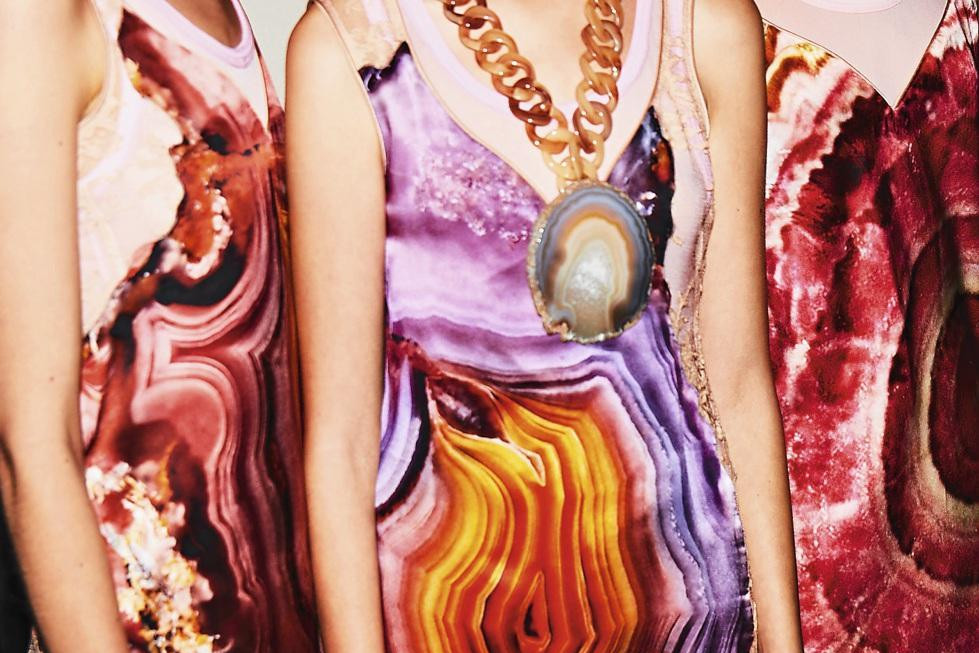
History
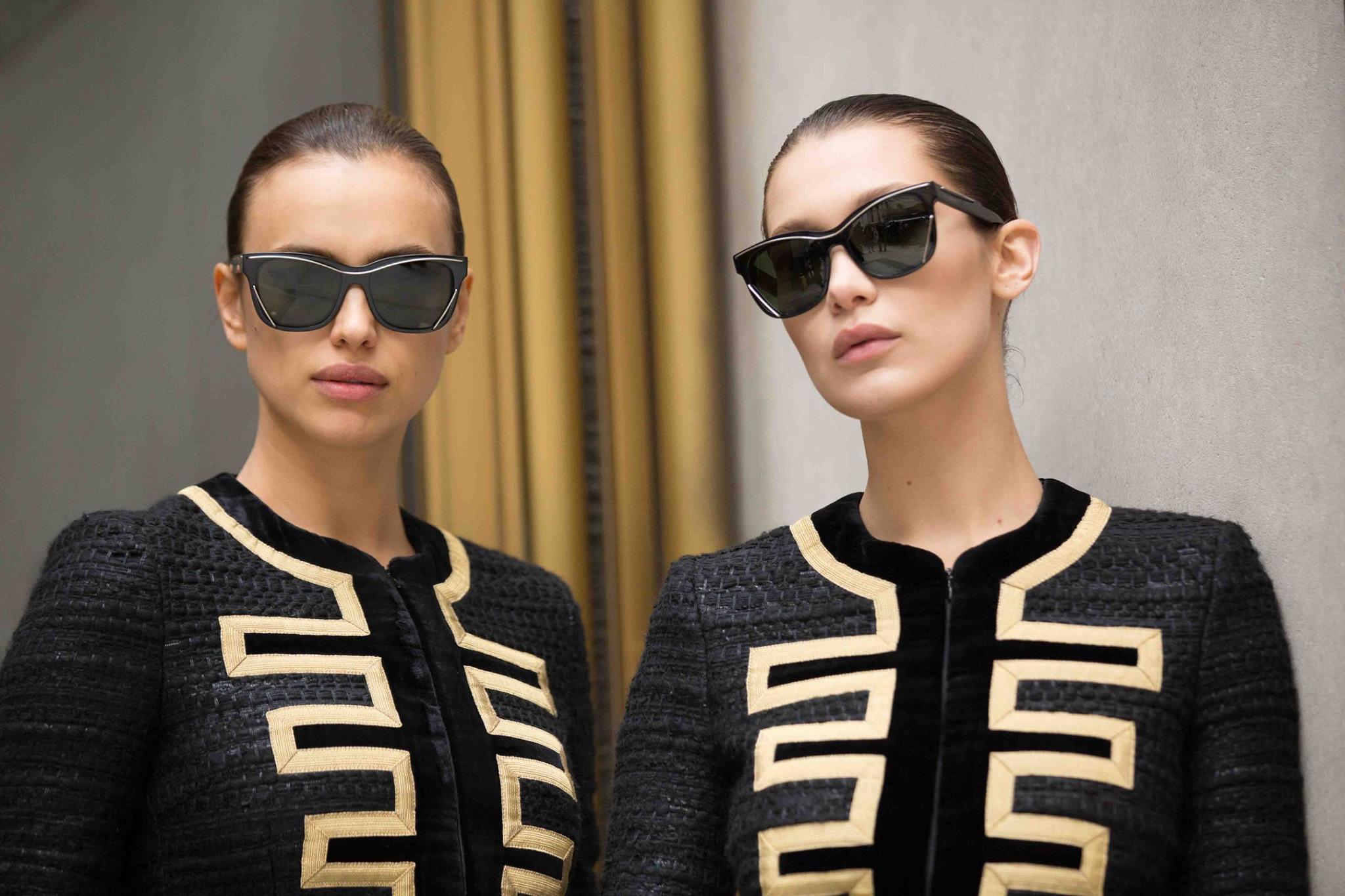
Born in Beauvais, in northern France, in 1927, Hubert James Taffin de Givenchy left his hometown for Paris at the age of 17 to take an apprenticeship at a couture house.

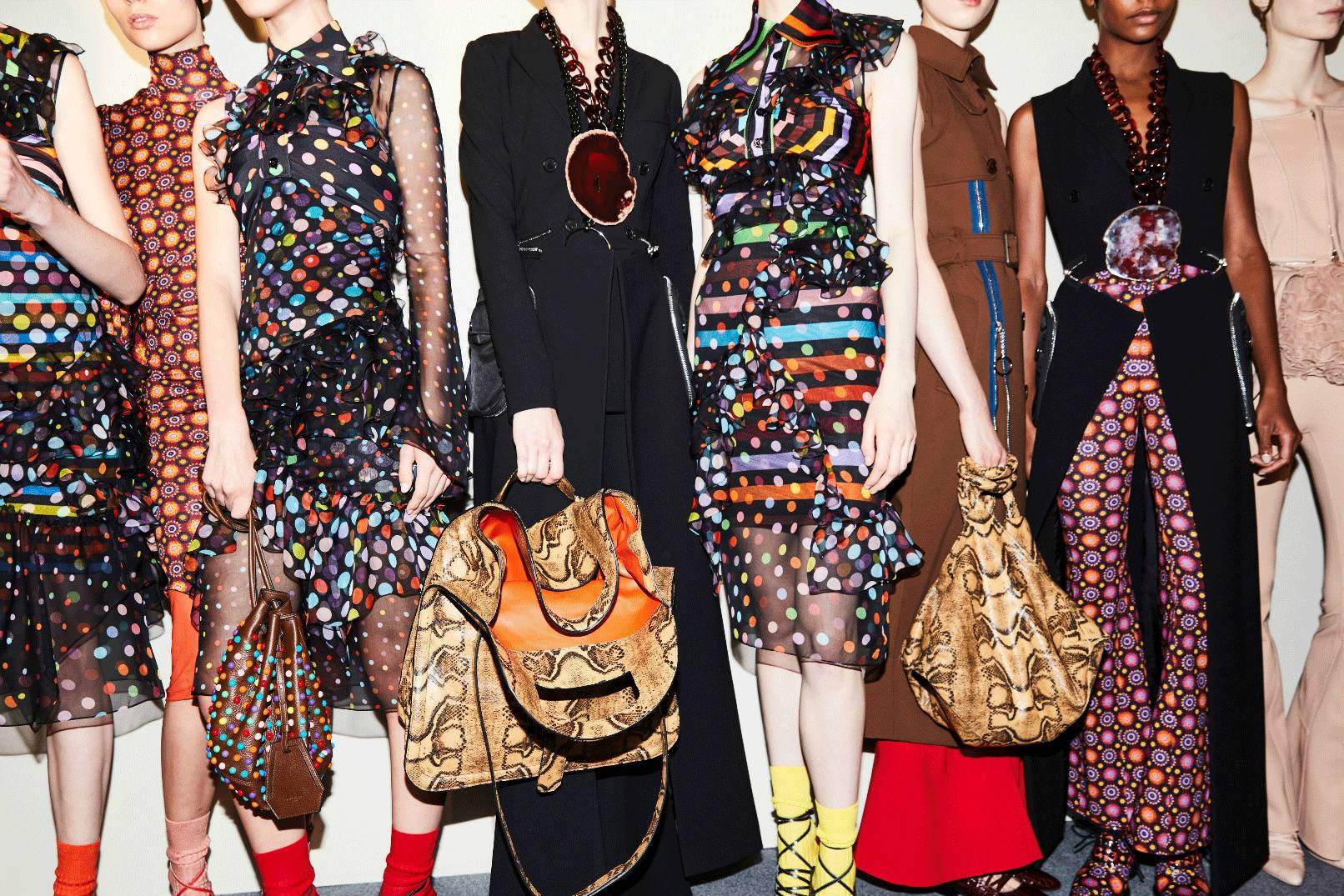
He began at Jacques Fath while also studying drawing at the École Nationale Supérieure des Beaux-Arts, the French National School of Fine Art.
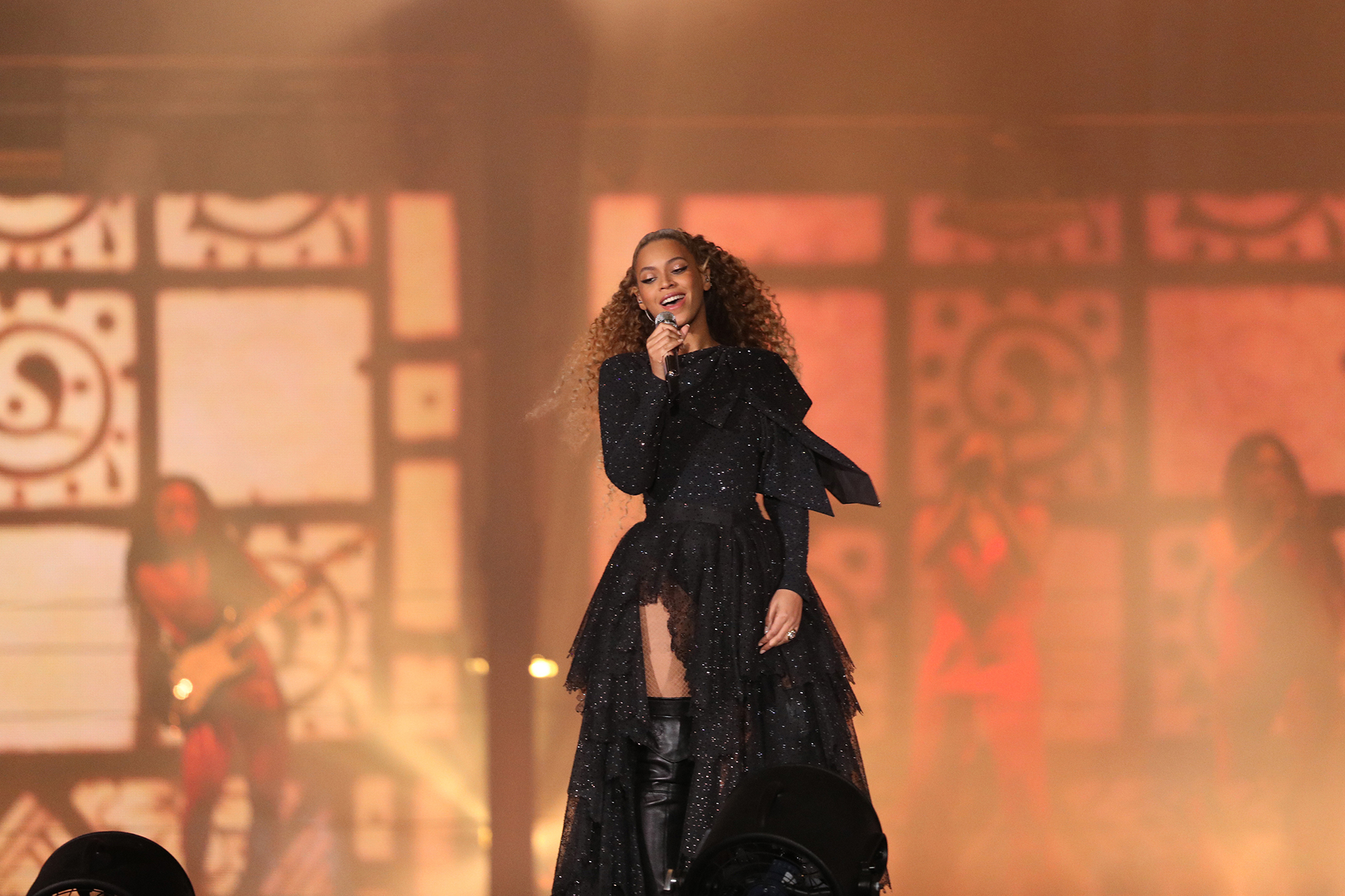
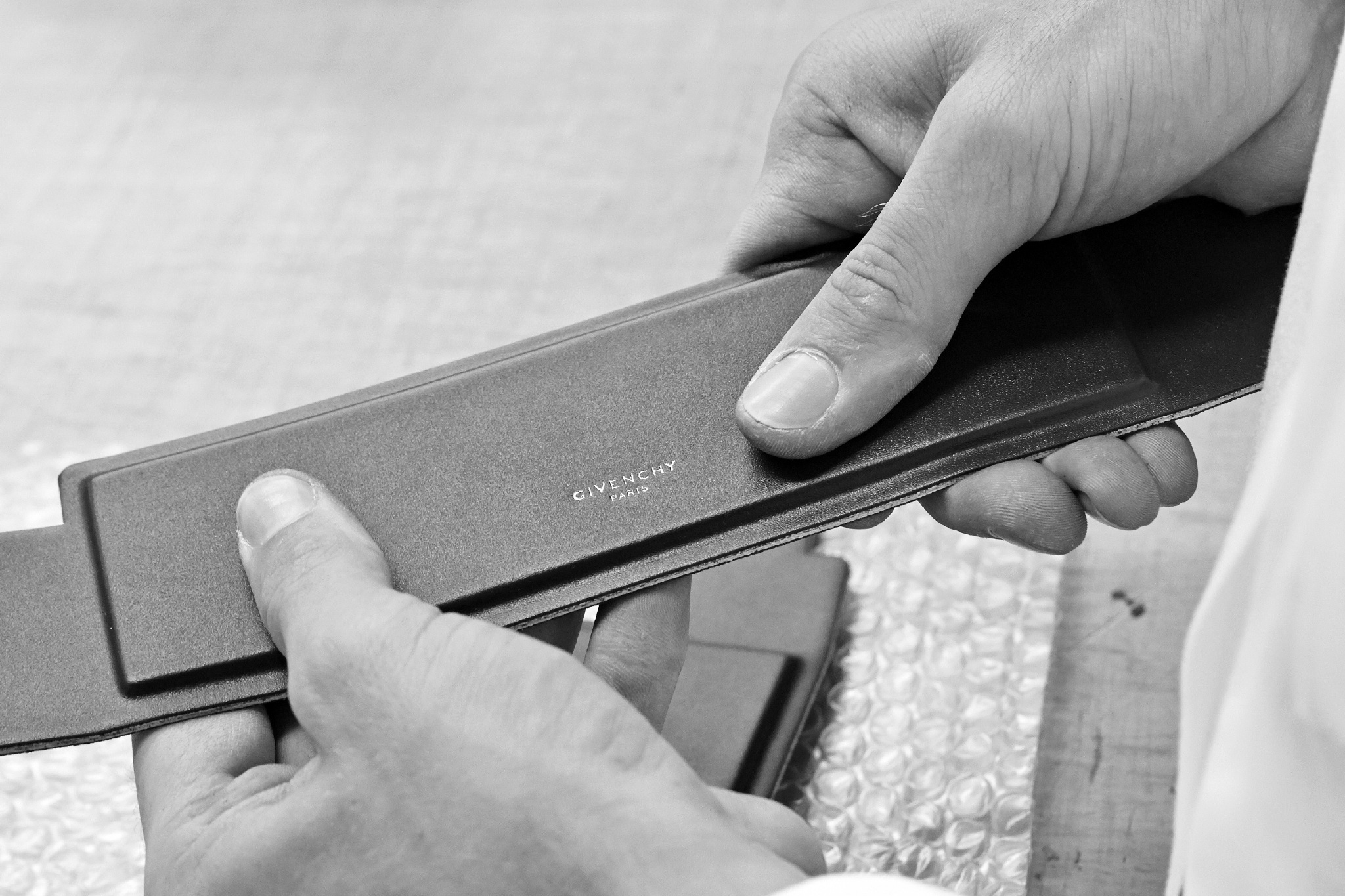
He moved to Robert Piguet in 1946 and, briefly, Lucien Lelong in 1947 before joining Elsa Schiaparelli later the same year. Quickly, he became the Artistic Director of the Schiaparelli boutique the Place Vendôme.
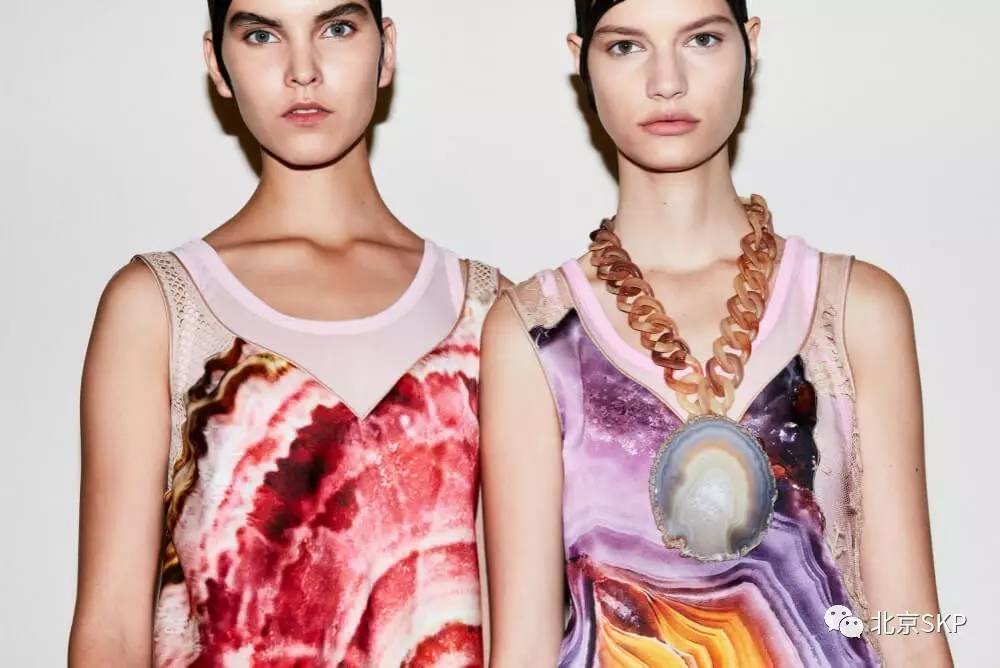

In 1952, Givenchy founded his namesake house on Rue Alfred de Vigny in the 8th arrondissement of Paris. For his first collection, he presented “Separates”, looks composed of elegant blouses and breezy skirts that blended architectural lines with the simplicity of the materials. The “enfant terrible of Haute Couture” was born.
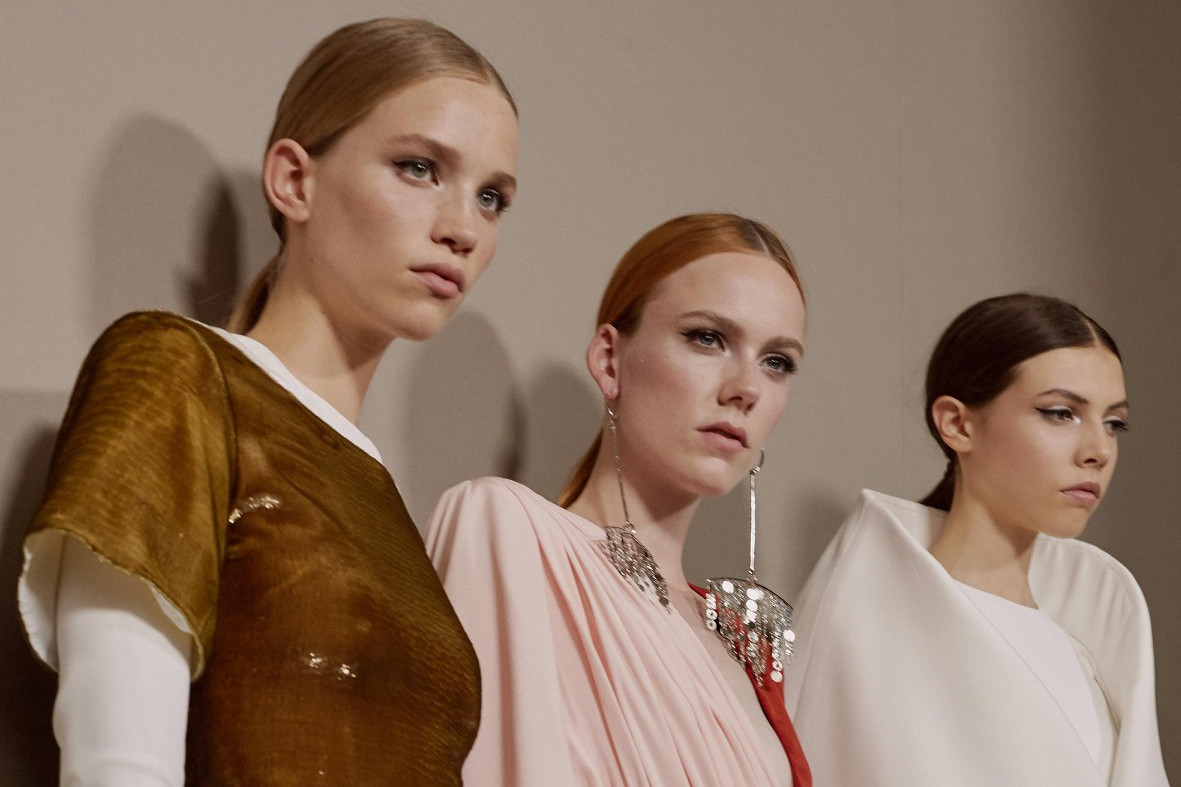
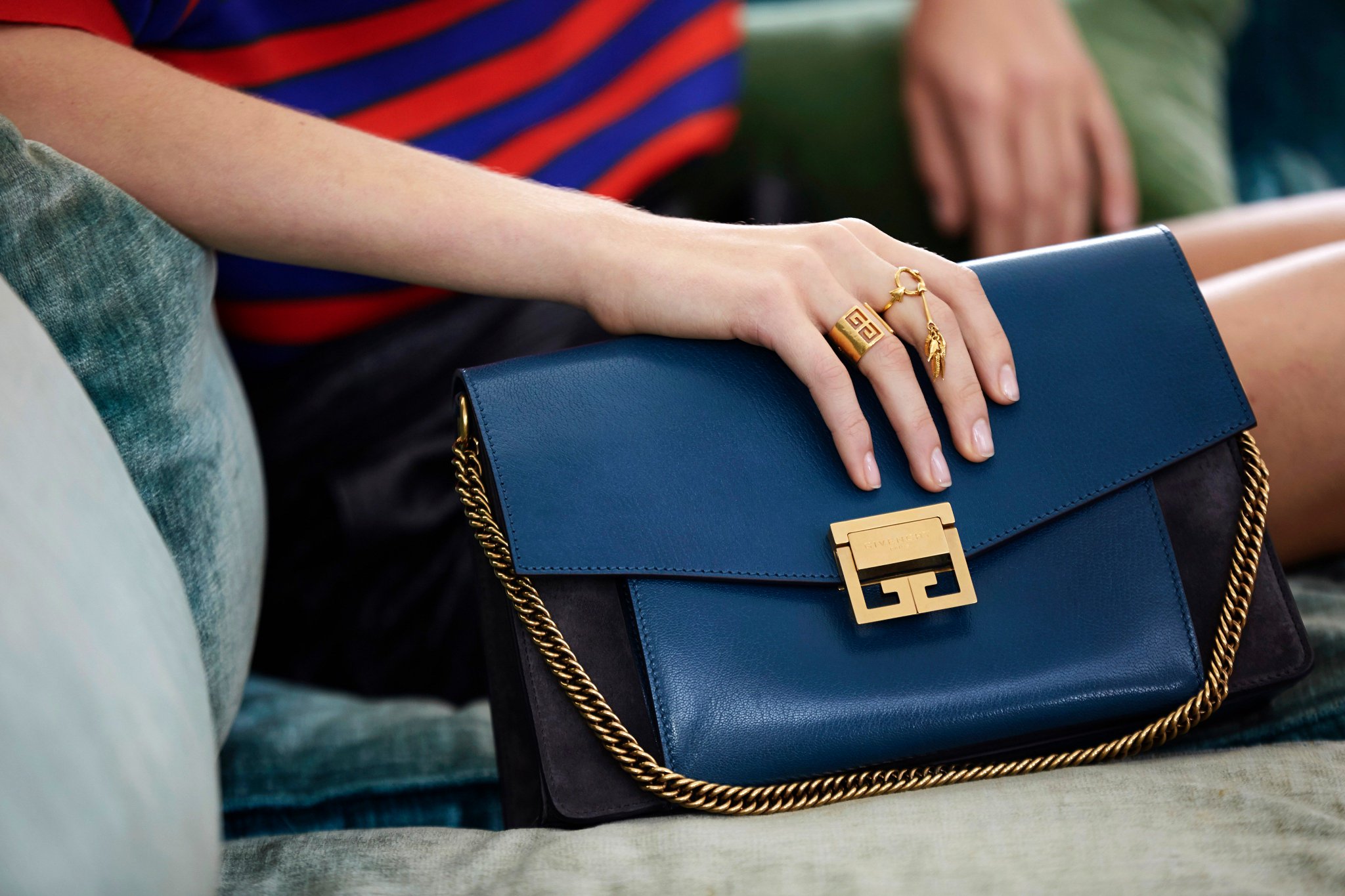
This original point of view marked the resounding debut of a four-decade career at his own house. In the summer of 1953, the couturier met Audrey Hepburn, who borrowed several looks for her film Sabrina.
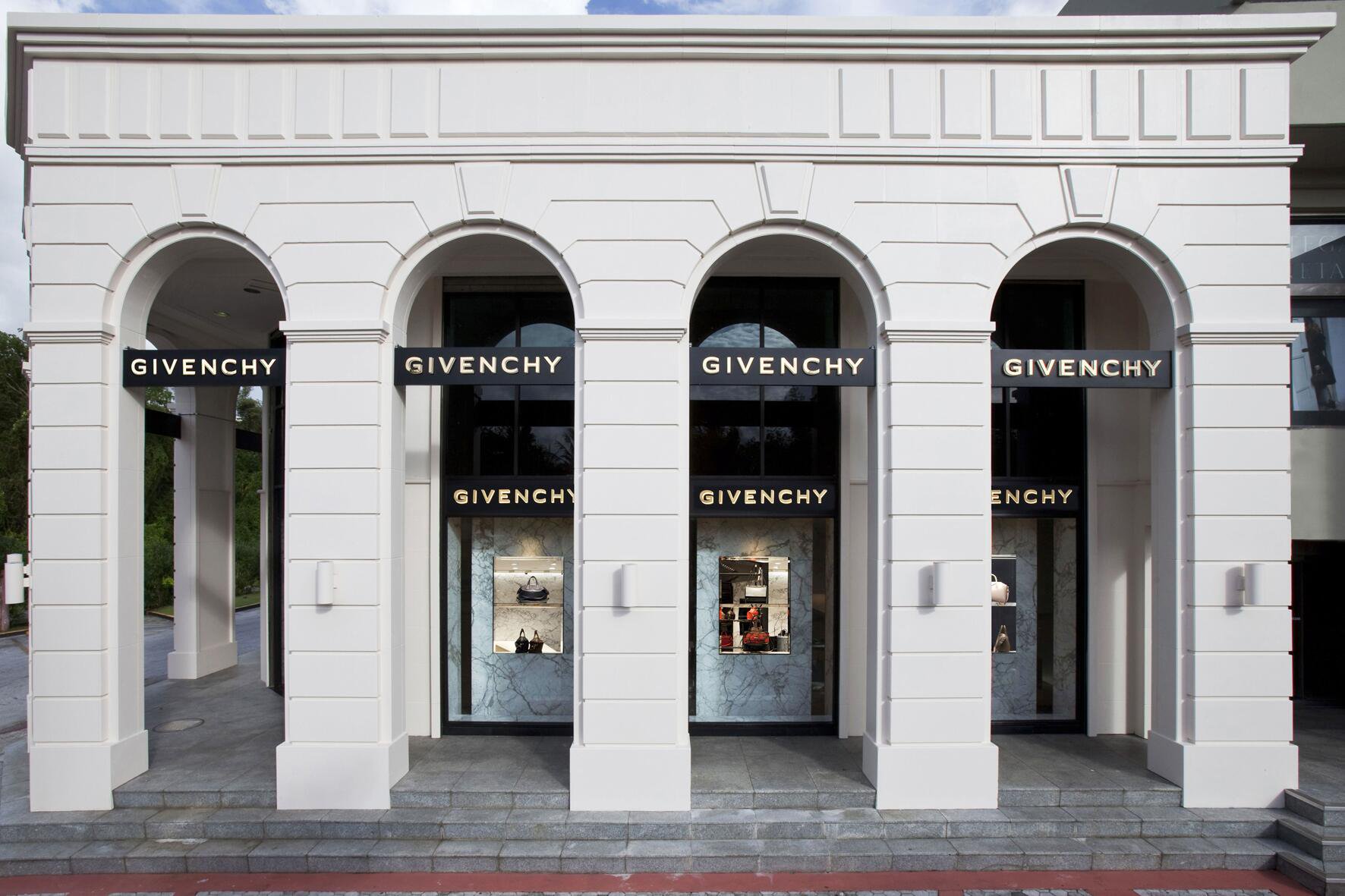
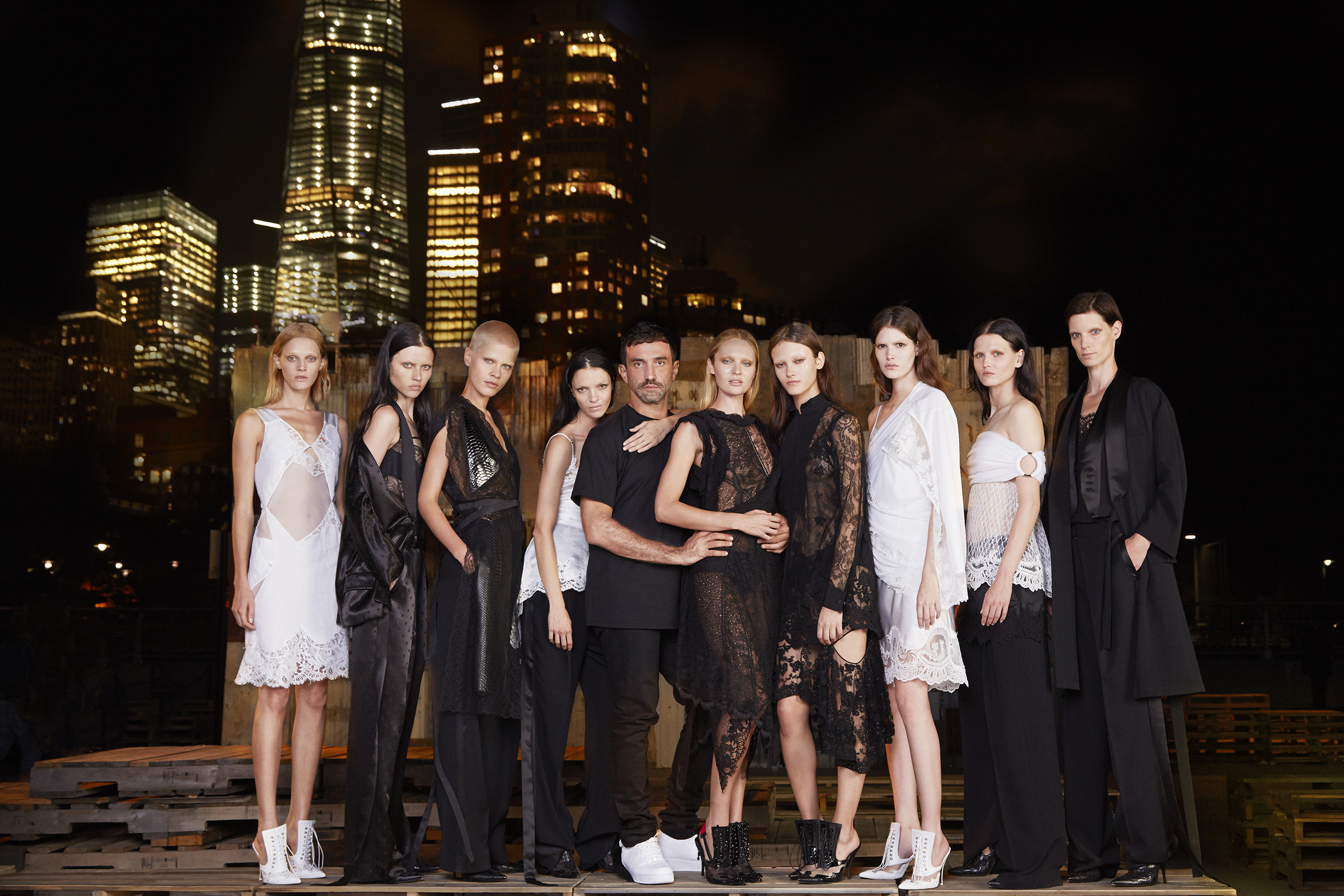
It was the beginning of a long collaboration and profound friendship between the actress and the designer. The same year, in New York, Givenchy met his idol, Cristobal Balenciaga, with whom he became close friends.
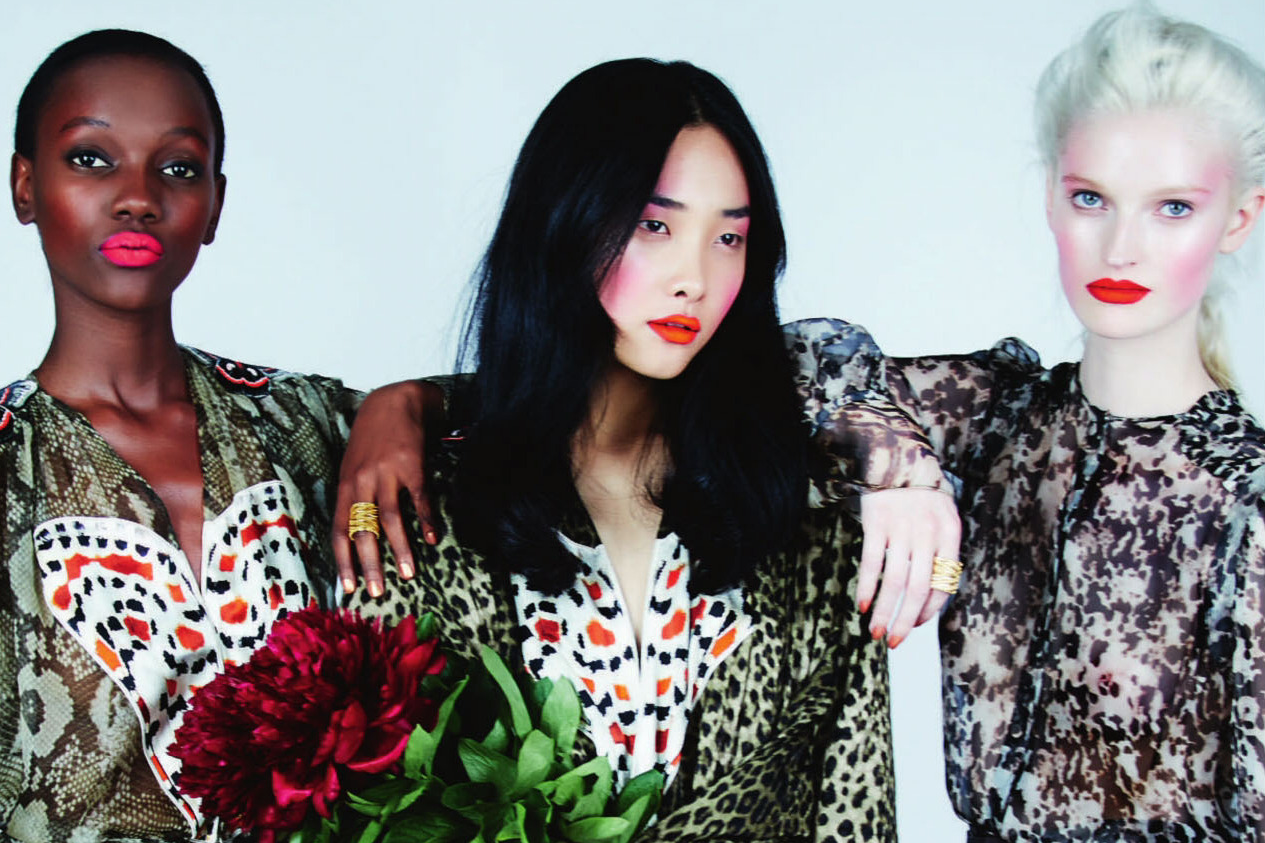

In 1957, Audrey Hepburn lent her face to Hubert de Givenchy’s first perfume, L’Interdit, which was dedicated to her. In 1969, the designer created his men’s ready-to-wear line “Givenchy Gentleman”. An aesthete and collector, Hubert de Givenchy still embodies classic elegance with a touch of wit.


After a career spanning more than 40 years, and having become a part of the LVMH group in 1988, Hubert de Givenchy retired in 1995. He would be succeeded by some of fashion’s great creative talents, among them John Galliano, Alexander McQueen, Julien MacDonald, and Riccardo Tisci. On March 10th 2018, Hubert de Givenchy passed away peacefully in Paris, aged 91.
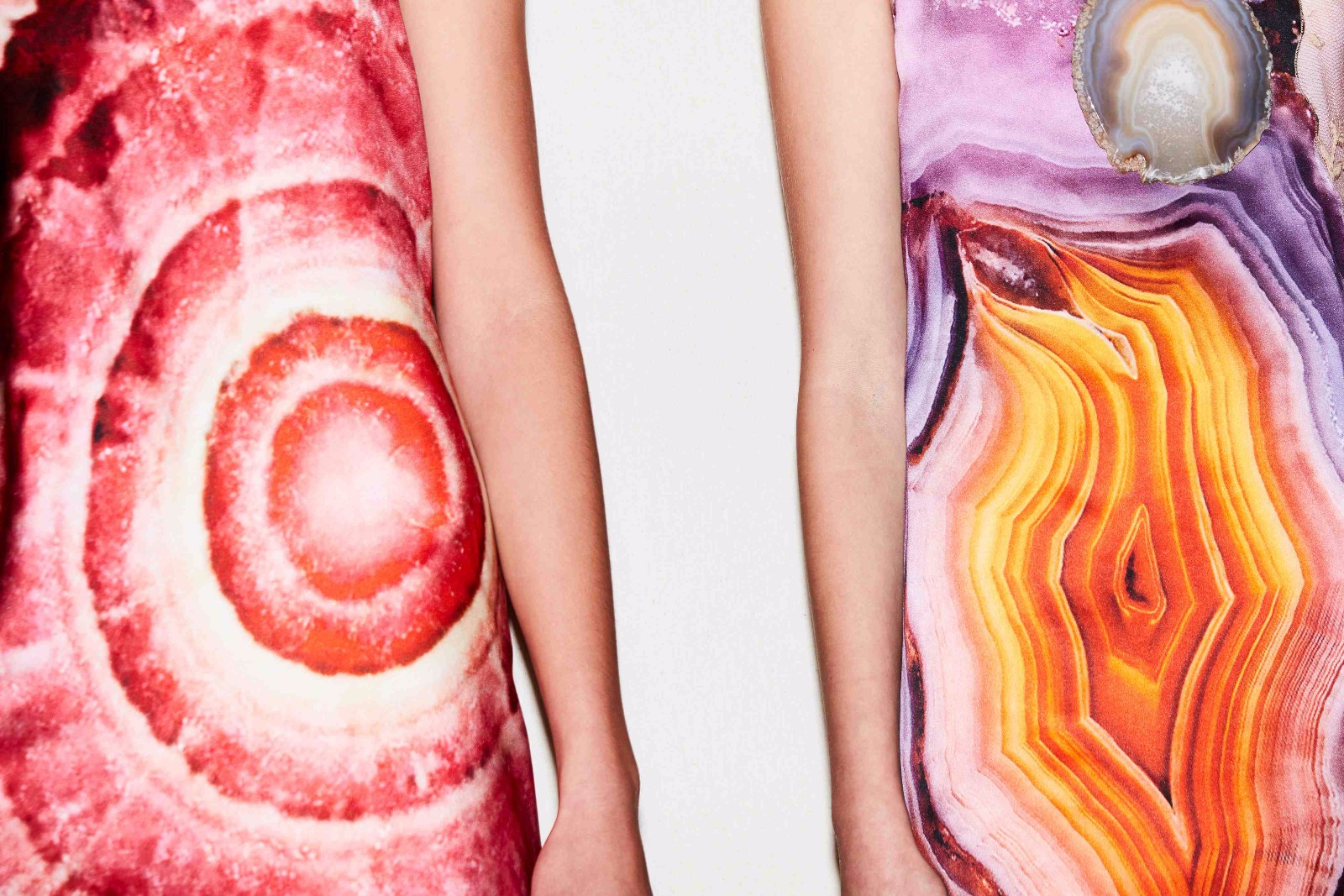
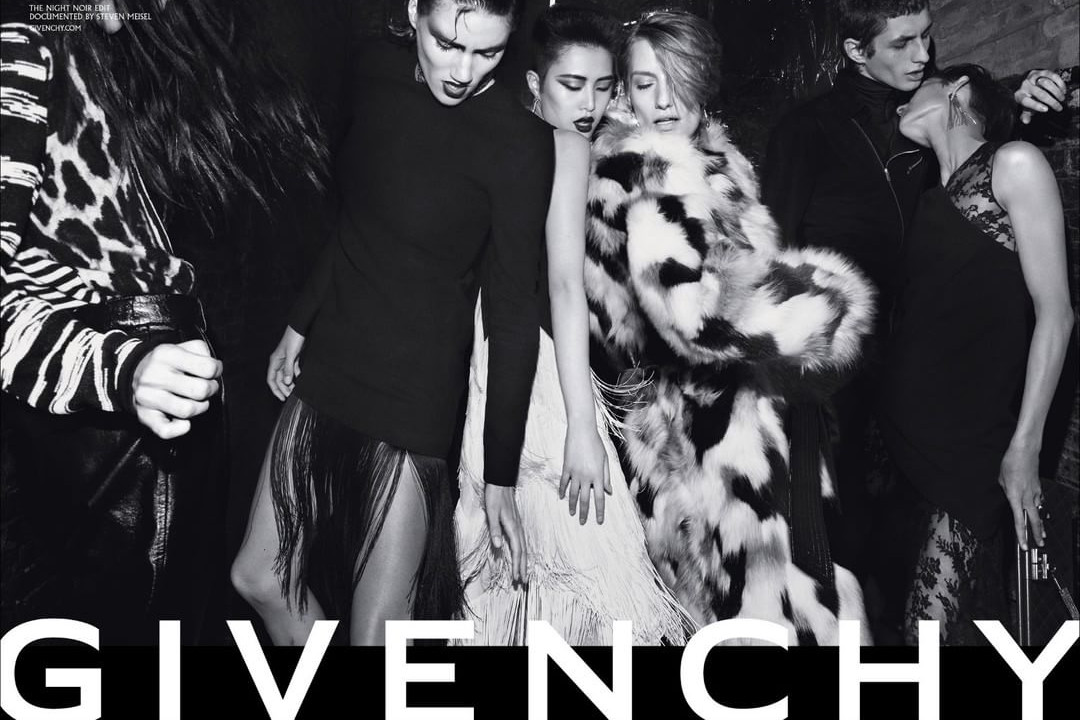
Since spring 2017, Clare Waight Keller has been the artistic director of Haute Couture and women’s and men’s ready-to-wear. With her debut show, on October 1st 2017, Clare Waight Keller established a forward-looking new signature for the house of Givenchy based on the idea of Light in darkness.
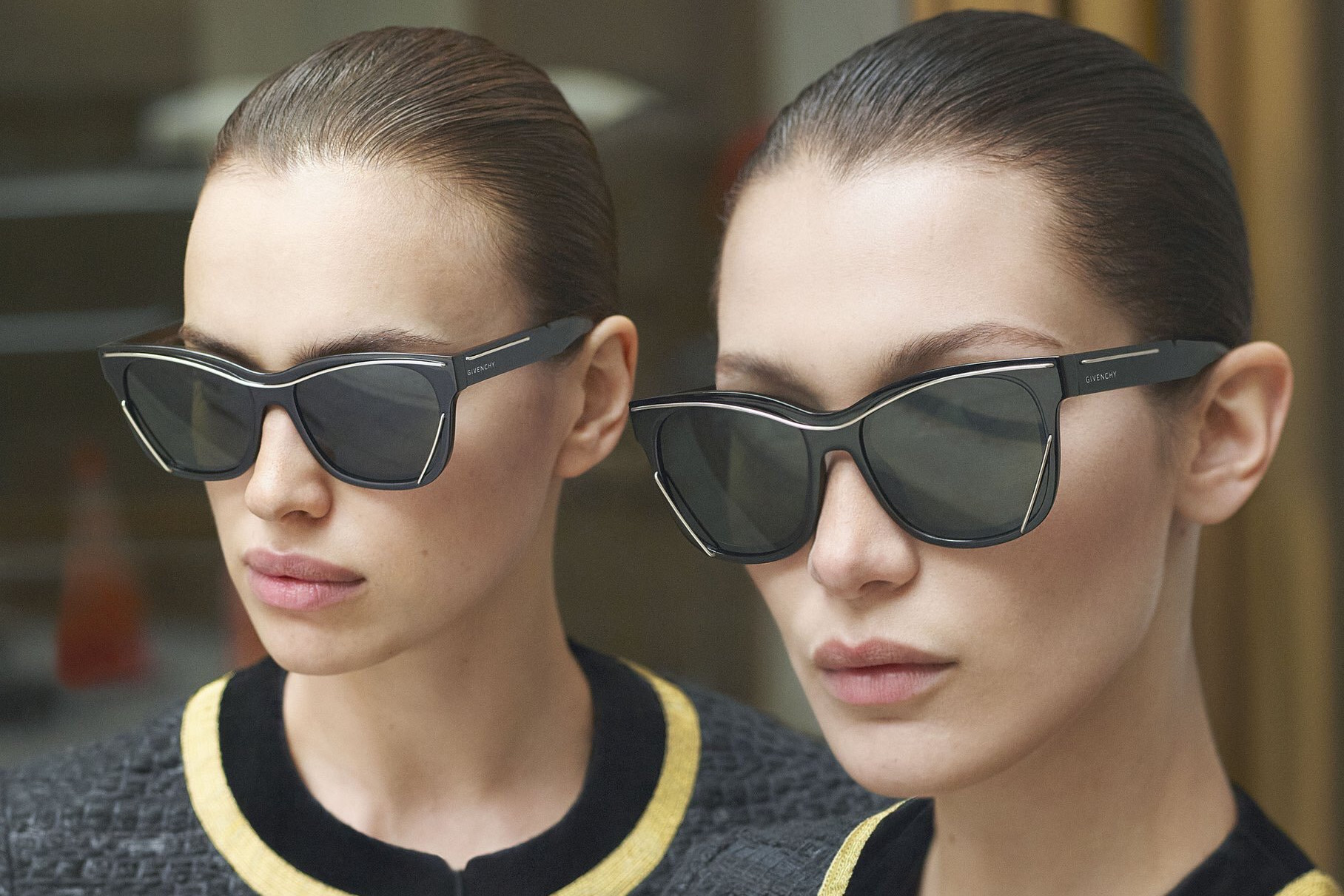

On May 19th, 2018, for her wedding to Prince Harry, Ms. Meghan Markle, now the Duchess of Sussex, wore an elegant Givenchy Haute Couture boatneck wedding gown in double white silk cady with a hand- embroidered veil, both custom designed by artistic director Clare Waight Keller.


Products Givenchy Eyewear
Products Givenchy
Givenchy Eyewear
The Enfant Terrible of Haute Couture

“You must, if it's possible, be born with a kind of elegance. It's part of you, of yourself” − Hubert de Givenchy

History

Born in Beauvais, in northern France, in 1927, Hubert James Taffin de Givenchy left his hometown for Paris at the age of 17 to take an apprenticeship at a couture house.


He began at Jacques Fath while also studying drawing at the École Nationale Supérieure des Beaux-Arts, the French National School of Fine Art.


He moved to Robert Piguet in 1946 and, briefly, Lucien Lelong in 1947 before joining Elsa Schiaparelli later the same year. Quickly, he became the Artistic Director of the Schiaparelli boutique the Place Vendôme.


In 1952, Givenchy founded his namesake house on Rue Alfred de Vigny in the 8th arrondissement of Paris. For his first collection, he presented “Separates”, looks composed of elegant blouses and breezy skirts that blended architectural lines with the simplicity of the materials. The “enfant terrible of Haute Couture” was born.


This original point of view marked the resounding debut of a four-decade career at his own house. In the summer of 1953, the couturier met Audrey Hepburn, who borrowed several looks for her film Sabrina.


It was the beginning of a long collaboration and profound friendship between the actress and the designer. The same year, in New York, Givenchy met his idol, Cristobal Balenciaga, with whom he became close friends.


In 1957, Audrey Hepburn lent her face to Hubert de Givenchy’s first perfume, L’Interdit, which was dedicated to her. In 1969, the designer created his men’s ready-to-wear line “Givenchy Gentleman”. An aesthete and collector, Hubert de Givenchy still embodies classic elegance with a touch of wit.


After a career spanning more than 40 years, and having become a part of the LVMH group in 1988, Hubert de Givenchy retired in 1995. He would be succeeded by some of fashion’s great creative talents, among them John Galliano, Alexander McQueen, Julien MacDonald, and Riccardo Tisci. On March 10th 2018, Hubert de Givenchy passed away peacefully in Paris, aged 91.


Since spring 2017, Clare Waight Keller has been the artistic director of Haute Couture and women’s and men’s ready-to-wear. With her debut show, on October 1st 2017, Clare Waight Keller established a forward-looking new signature for the house of Givenchy based on the idea of Light in darkness.


On May 19th, 2018, for her wedding to Prince Harry, Ms. Meghan Markle, now the Duchess of Sussex, wore an elegant Givenchy Haute Couture boatneck wedding gown in double white silk cady with a hand- embroidered veil, both custom designed by artistic director Clare Waight Keller.


Products Givenchy Eyewear
Products Givenchy
-
Givenchy - Sunglasses GV Anima Unisex - Black - Sunglasses - Givenchy Eyewear
GV Anima sunglasses in black acetate and optyl with retro-style cat-eye frame, gold-finish metal insert with GIVENCHY signature engraved inside of the temples and gray lenses. UV protection rating 3. Sunglasses come in a hard case.
221,00 € 260,00 € -15%Reduced price ! -
Givenchy - Sunglasses GV Anima Unisex - White - Sunglasses - Givenchy Eyewear
GV Anima sunglasses in white acetate and optyl with retro-style cat-eye frame, ruthenium-finishmetal insert with GIVENCHY signature engraved inside of the temples and brown lenses. UV protection rating 2. Sunglasses come in a hard case.
221,00 € 260,00 € -15%Reduced price ! -
Givenchy - Sunglasses GV Cut in Metal - Ruthenium Blue - Sunglasses -...
GV Cut aviator sunglasses, flat graphic bridge, temples in ruthenium-finish metal, blue lenses, and crystal acetate tips. Engraved Double G emblems on the tips and hinges. UV protection rating 1. Sunglasses come in a hard case.
229,50 € 270,00 € -15%Reduced price ! -
Givenchy - Sunglasses GV Sparkle - Gold Grey - Sunglasses - Givenchy Eyewear
GV Sparkle oversized aviator sunglasses in gold-finish metal with rounded frame, textured temples paved with cascading white Swarovski crystals, and gray ombre lenses. UV protection rating 3. Sunglasses come in a hard case.
272,00 € 320,00 € -15%Reduced price ! -
Givenchy - Sunglasses GV Sparkle - Gold Brown - Sunglasses - Givenchy Eyewear
GV Sparkle oversized aviator sunglasses in gold-finish metal with rounded frame, textured temples paved with cascading white Swarovski crystals, and brown ombre lenses. UV protection rating 2. Sunglasses come in a hard case.
272,00 € 320,00 € -15%Reduced price ! -
Givenchy - Sunglasses GV Sparkle - Gold Brown - Sunglasses - Givenchy Eyewear
GV Sparkle oversized aviator sunglasses in copper gold-finish metal with rounded frame, textured temples paved with cascading white Swarovski crystals, and gradient pink and brown lenses. UV protection rating 3. Sunglasses come in a hard case.
272,00 € 320,00 € -15%Reduced price ! -
Givenchy - Sunglasses GV Cut in Metal - Gold Black - Sunglasses - Givenchy...
GV Cut aviator sunglasses, flat graphic bridge, temples in gold-finish metal, gray lenses, and black acetate tips. Engraved Double G emblems on the tips and hinges. UV protection rating 3. Sunglasses come in a hard case.
229,50 € 270,00 € -15%Reduced price ! -
Givenchy - Sunglasses with Swarovski Crystals - Silver - Sunglasses -...
GV Shower sunglasses with silver finish metal frame and white and gray Swarovski crystals on the bridge, on the rims and on the temples, and white crystal fringes on the temples. Gray lenses with a dégradé effect and black acetate ends. Sold with a hard case.
586,50 € 690,00 € -15%Reduced price ! -
Givenchy - Sunglasses GV Navigator - Silver - Sunglasses - Givenchy Eyewear
Acetate and metal sunglasses, with a silver finish frame and rods, polarized gray lenses and black terminals.
255,00 € 300,00 € -15%Reduced price ! -
Givenchy - Sunglasses Unisex GV Mesh - Silver - Sunglasses - Givenchy Eyewear
Unisex GV Mesh sunglasses with transparent and black acetate frame, gold metal mesh insert with black 4G logo on the bridge, silver mirror lenses, gold-plated metal temples with laser-printed 4G logo and acetate end pieces black. Sold with a hard case.
229,50 € 270,00 € -15%Reduced price ! -
Givenchy - Sunglasses Unisex GV Mesh - Ruthenium - Sunglasses - Givenchy Eyewear
GV Mesh unisex teardrop metal sunglasses with black lacquered ruthenium finish on the front, with metal mesh insert and black 4G logo on the bridge, gray lenses and mirrored silver, black lacquered metal temples with laser printed 4G logo and black acetate terminals. Sold with a hard case.
246,50 € 290,00 € -15%Reduced price ! -
Givenchy - Sunglasses Grafici - Gold - Sunglasses - Givenchy Eyewear
GIVENCHY Reveal sunglasses in metal with a gold finish, frame with graphic carvings and U-shaped bridge, silver mirrored lenses with a dégradé and smoky brown effect, carved temples with the engraved 4G logo and brown Havana acetate end pieces. Sold with a hard case.
272,00 € 320,00 € -15%Reduced price ! -
Givenchy - Sunglasses Grafici - Silver - Sunglasses - Givenchy Eyewear
GIVENCHY Reveal sunglasses in metal with a silver finish, frame with graphic carvings and U-shaped bridge, silver mirrored lenses with a dégradé and smoky gray effect, carved temples with the engraved 4G logo and matt black acetate ends. Sold with a hard case.
272,00 € 320,00 € -15%Reduced price ! -
Givenchy - Sunglasses 4G Square - Black - Sunglasses - Givenchy Eyewear
Acetate sunglasses, with transparent black frames and temples and smoked gray lenses. Signature and 4G Square logo with silver finish on the temples.
212,50 € 250,00 € -15%Reduced price ! -
Givenchy - Sunglasses 4G Square - Havana - Sunglasses - Givenchy Eyewear
Dark turtle acetate sunglasses, with frame and transparent brown Havana rods. Smoked blue lenses. Signature and 4G Square logo with silver finish on the temples.
212,50 € 250,00 € -15%Reduced price ! -
Givenchy - Sunglasses Goccia - Gold - Sunglasses - Givenchy Eyewear
GIVENCHY Fold women's teardrop sunglasses, with a minimalist metal bridge frame in gold finish, shaded gray lenses and black acetate ends. Signature GIVENCHY engraved on the left rod. Sold with a hard case.
272,00 € 320,00 € -15%Reduced price ! -
Givenchy - Sunglasses Goccia - Black - Sunglasses - Givenchy Eyewear
Givenchy Fold women's teardrop sunglasses, with a minimalist black metal frame, copper-colored lenses and dark turtle acetate end pieces. Signature GIVENCHY engraved on the left rod. Sold with a hard case.
272,00 € 320,00 € -15%Reduced price ! -
Givenchy - Sunglasses Goccia - Ruthenium - Sunglasses - Givenchy Eyewear
GV Solar unisex drop-shaped sunglasses in metal with a ruthenium finish, with a plain metal graphic bar on the bridge, smoked brown lenses and brown havana acetate end pieces. Signature GIVENCHY engraved on the left rod. Sold with a hard case.
246,50 € 290,00 € -15%Reduced price ! -
Givenchy - Sunglasses Goccia - Gold Grey - Sunglasses - Givenchy Eyewear
GV Solar unisex teardrop sunglasses in metal with a gold finish, with a graphic bar in solid metal on the bridge, smoked gray lenses and black acetate terminals. Signature GIVENCHY engraved on the left rod. Sold with a hard case.
246,50 € 290,00 € -15%Reduced price ! -
Givenchy - Sunglasses Round 4G Square - Black - Sunglasses - Givenchy Eyewear
Round 4G Square women's sunglasses in black acetate with smoked lenses. Crystal acetate temples with golden metal core and engraved 4G motif. Golden 4G Square logo on the temples. Sold with a hard case.
246,50 € 290,00 € -15%Reduced price ! -
Givenchy - Sunglasses Round 4G Square - Havana - Sunglasses - Givenchy Eyewear
Round 4G Square women's sunglasses in dark tortoiseshell acetate with brown lenses. Crystal acetate temples with golden metal core and engraved 4G motif. Golden 4G Square logo on the temples. Sold with a hard case.
246,50 € 290,00 € -15%Reduced price !



